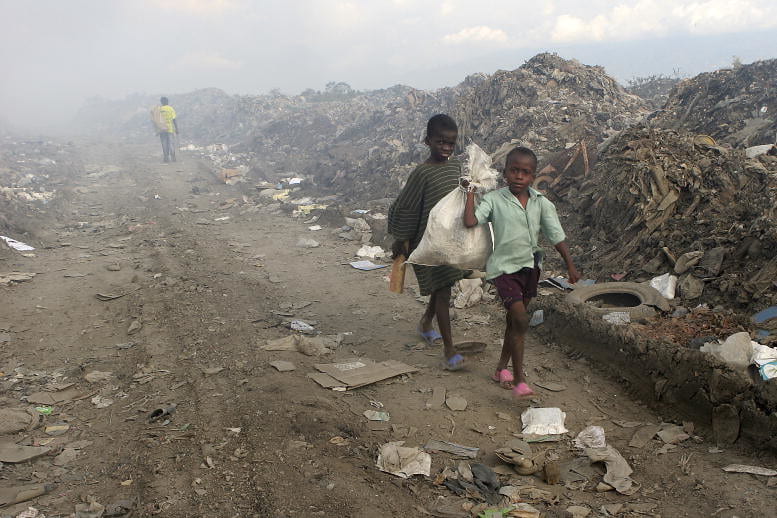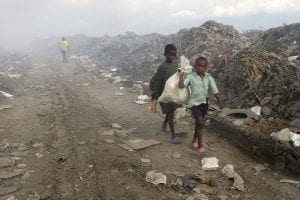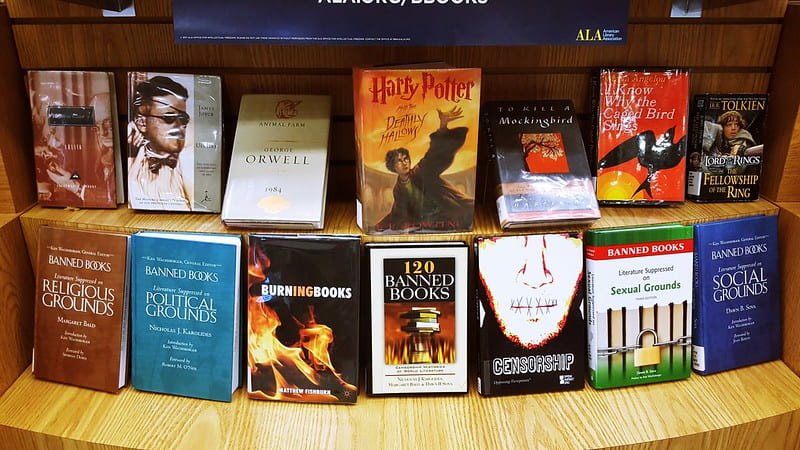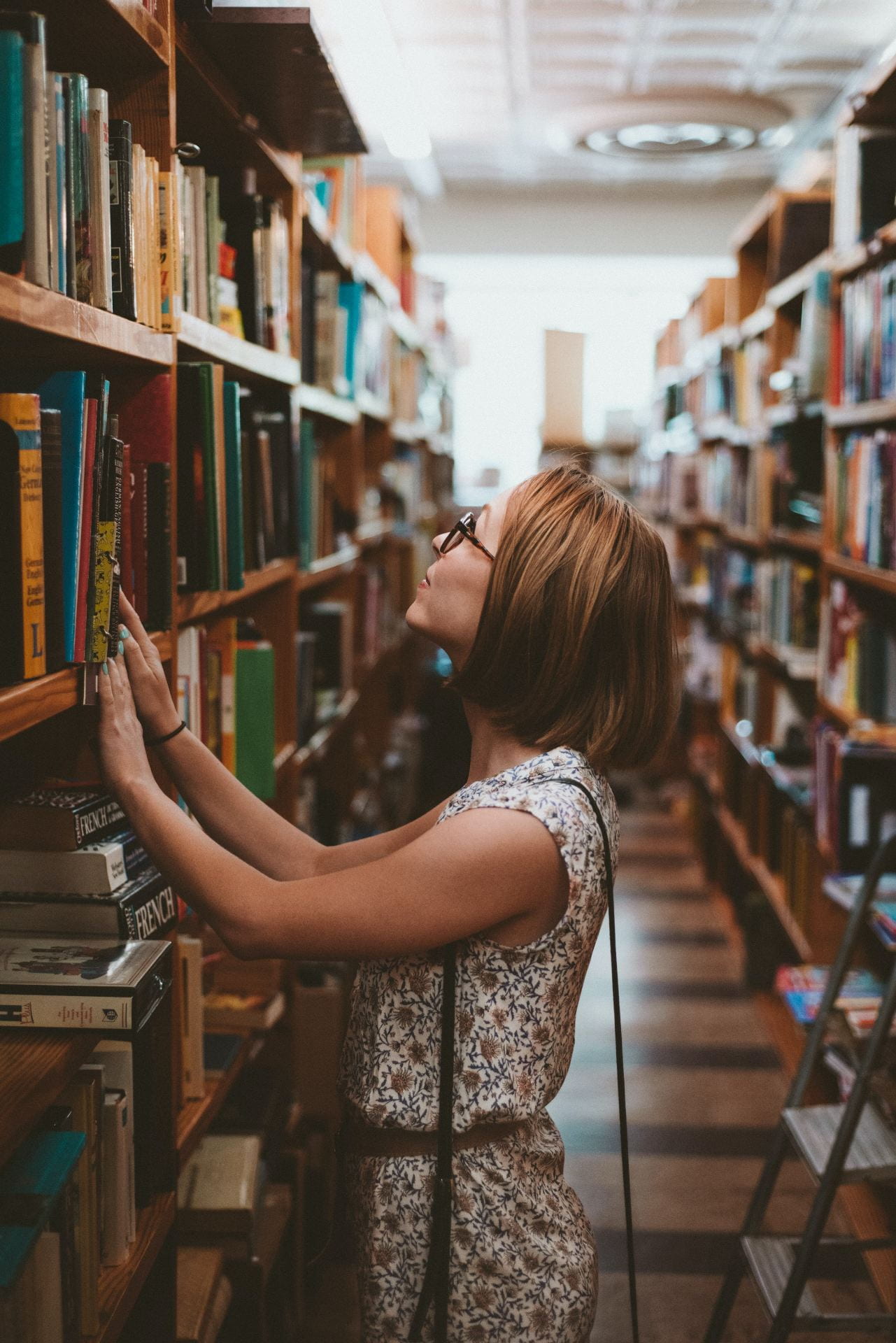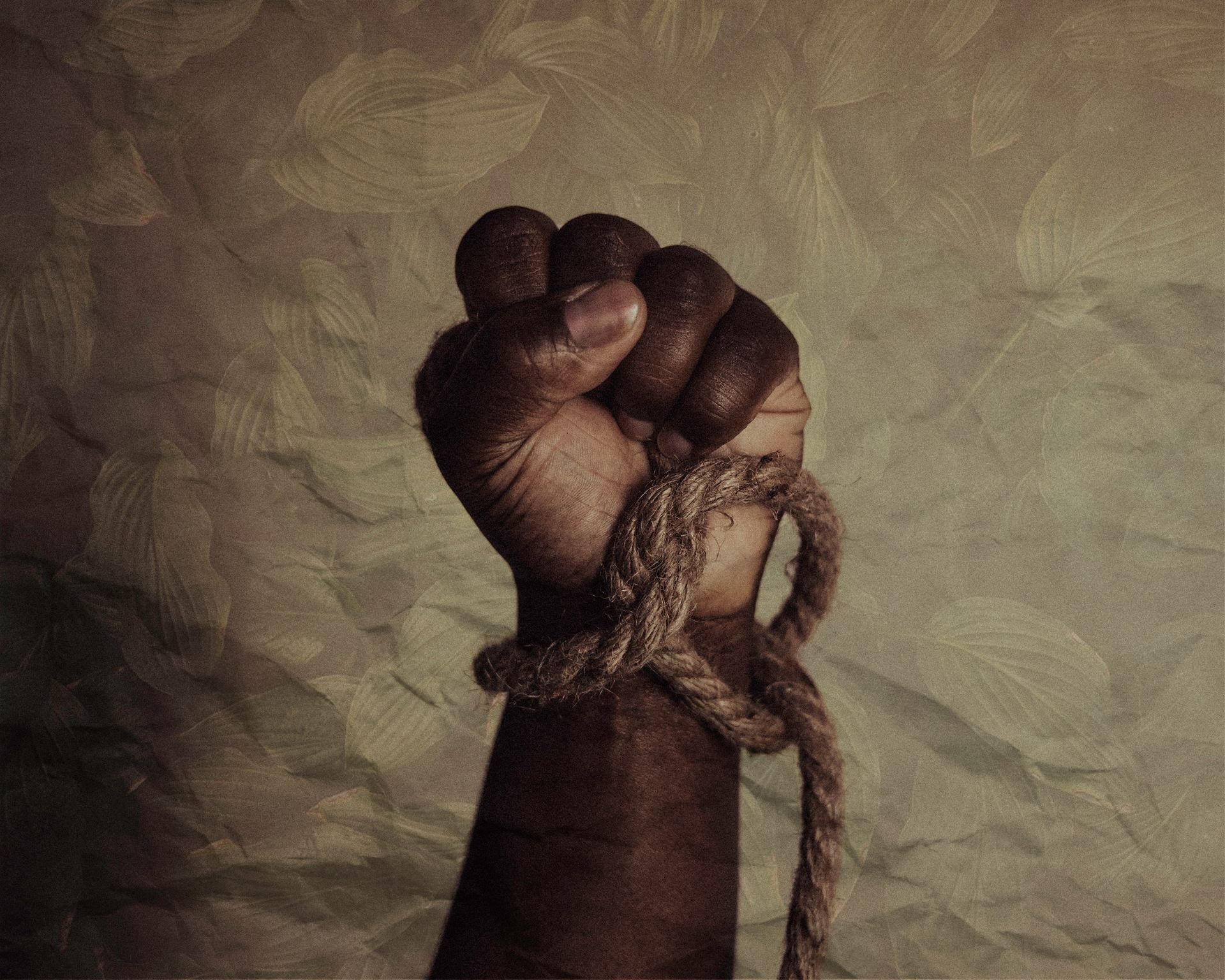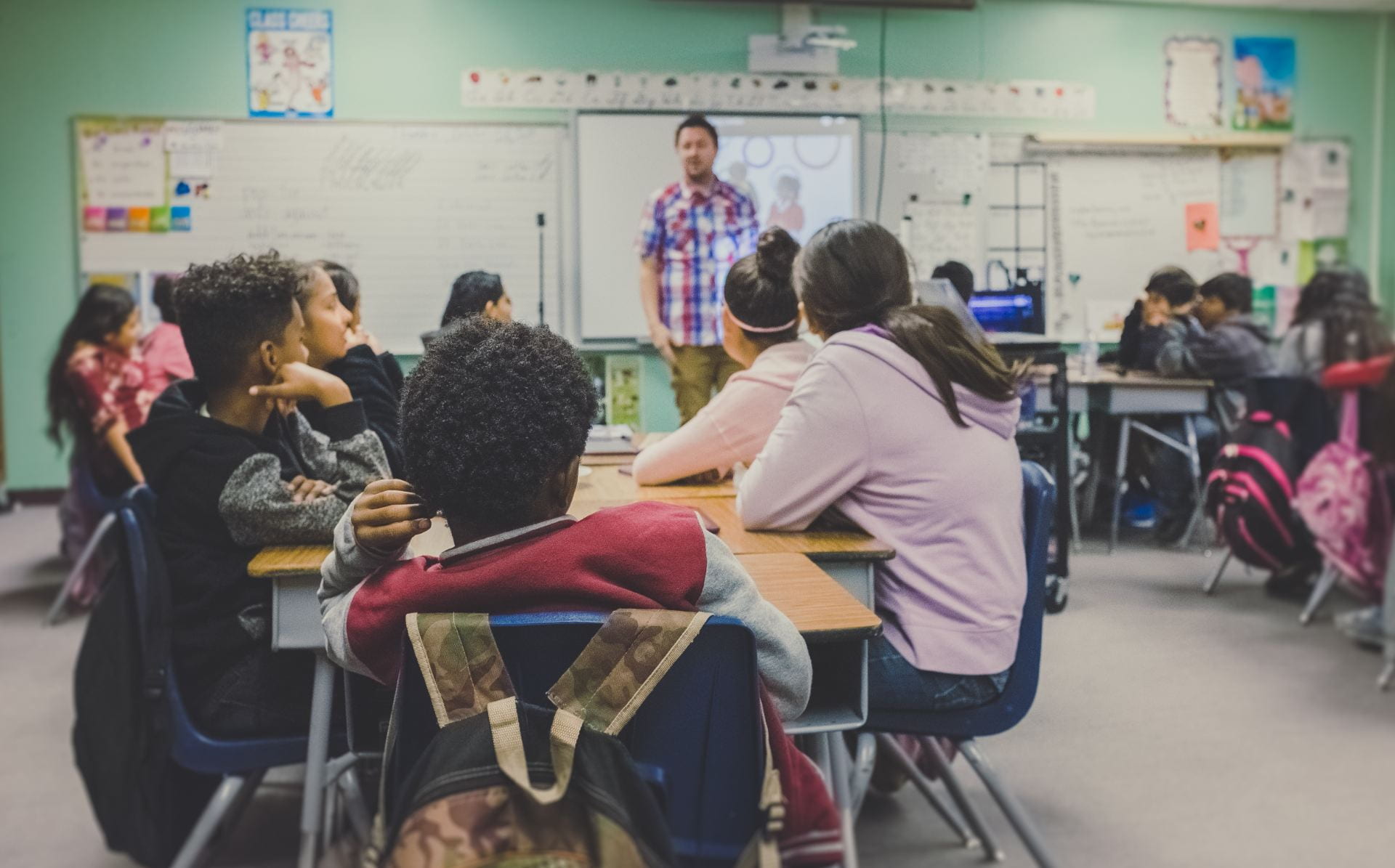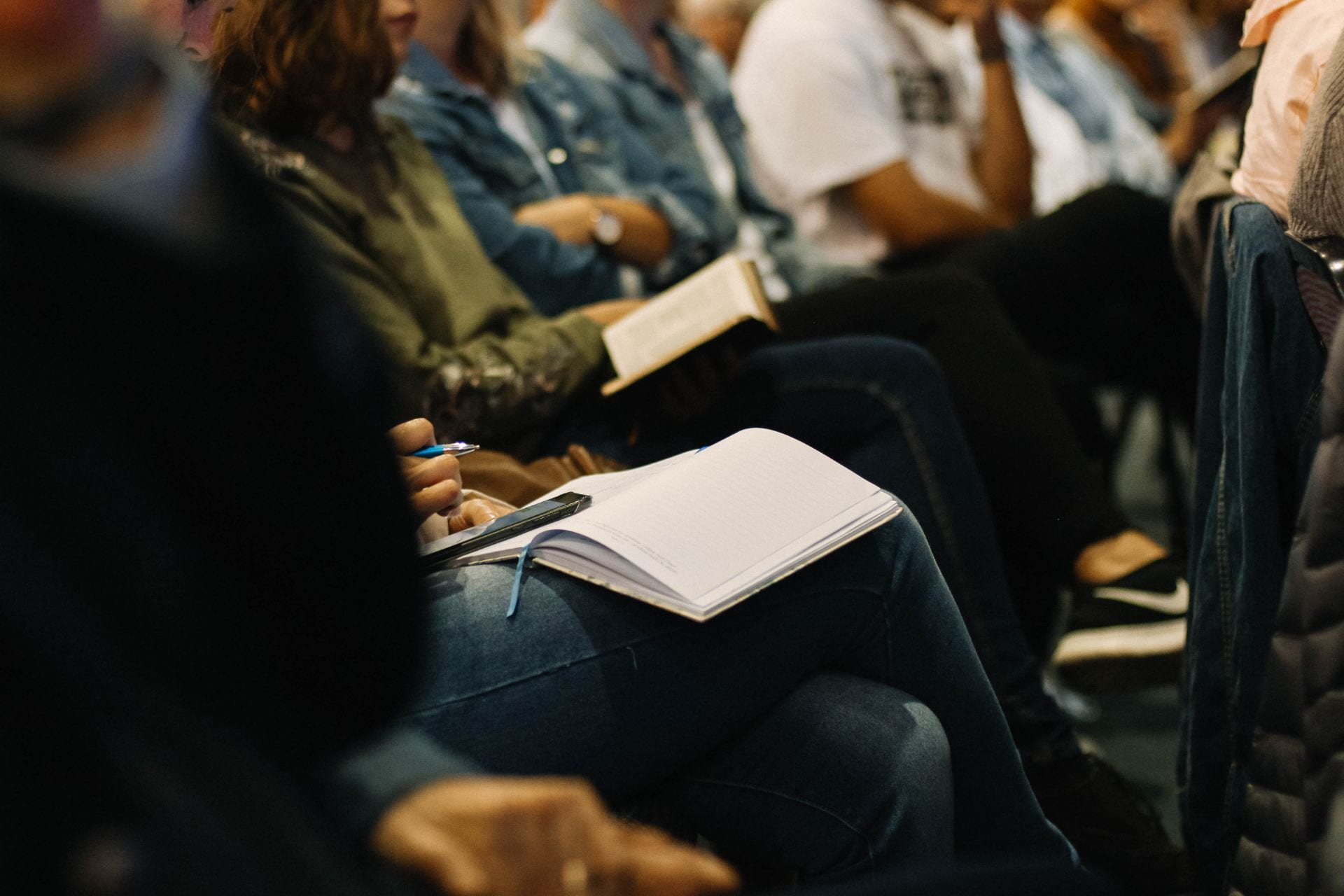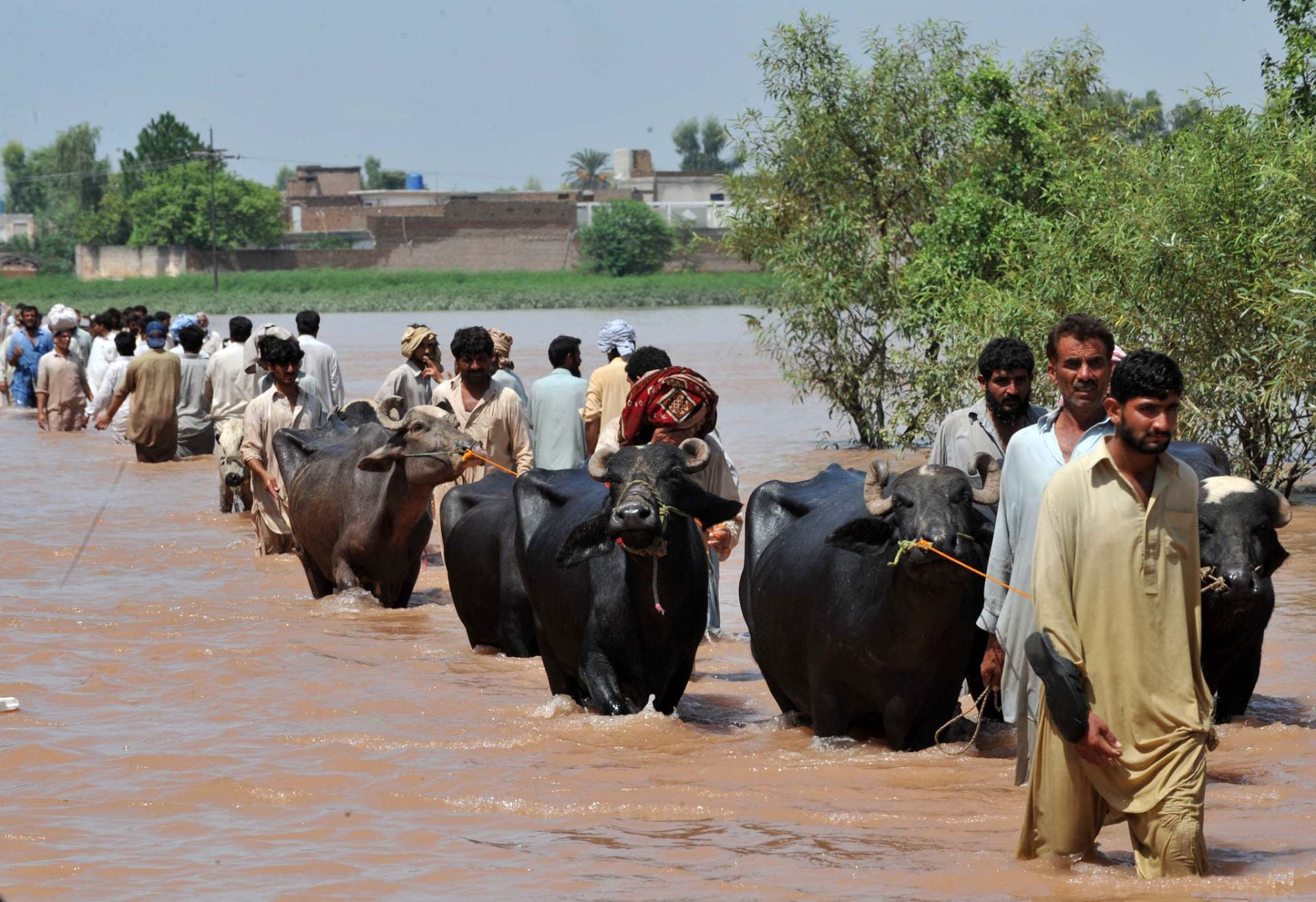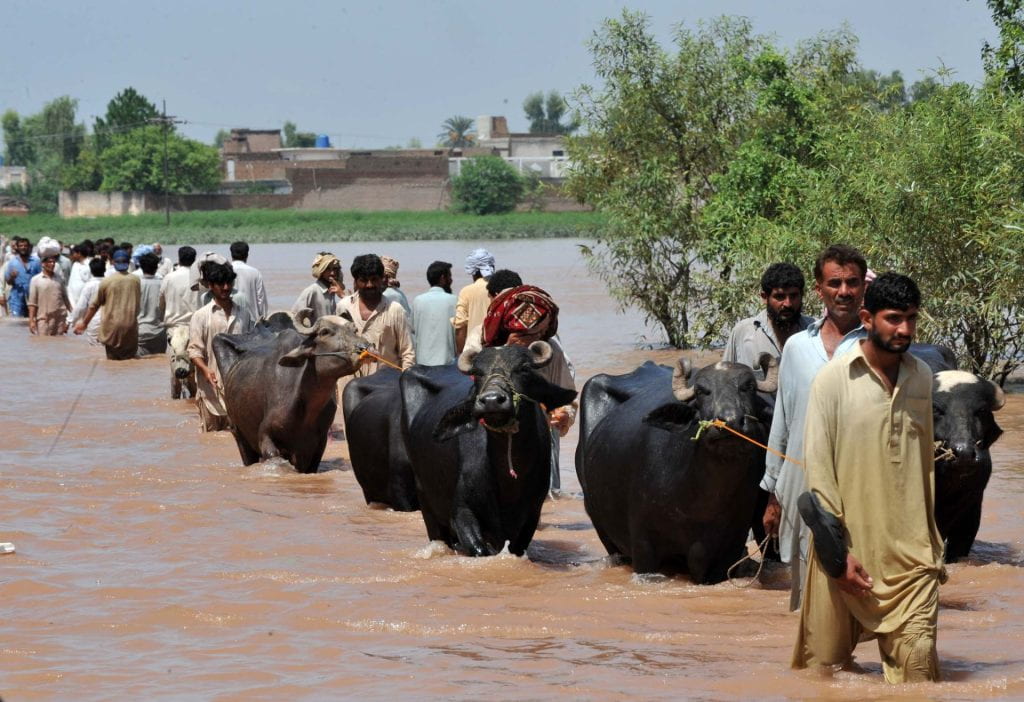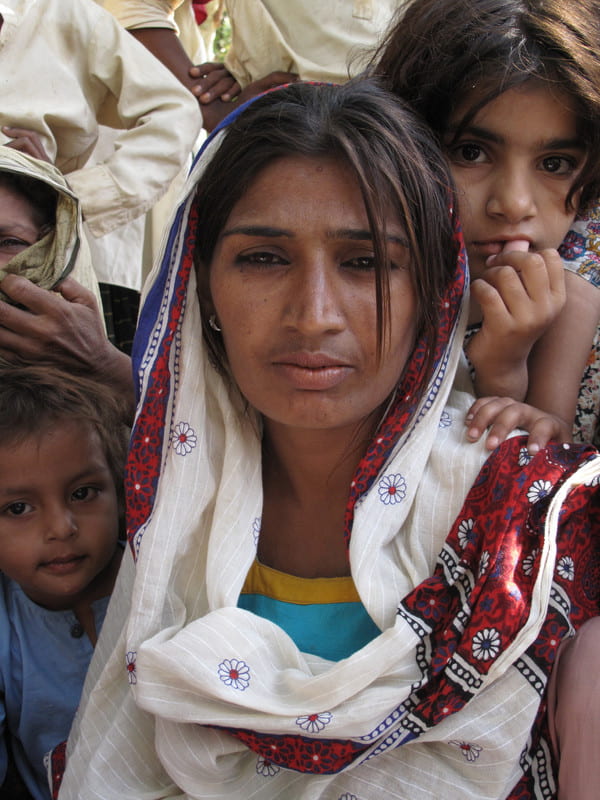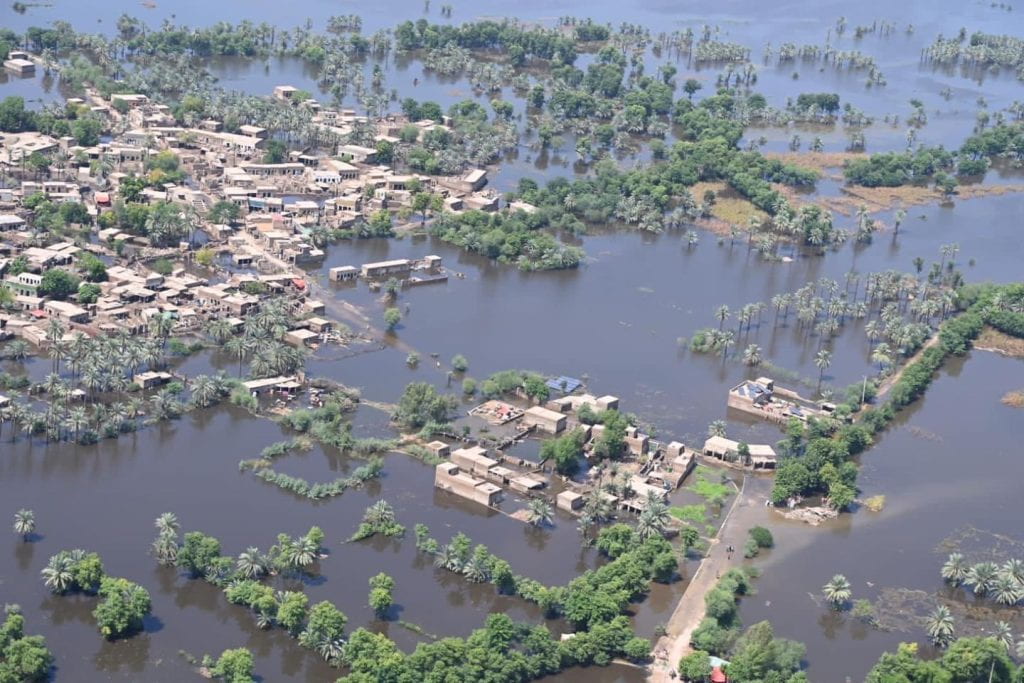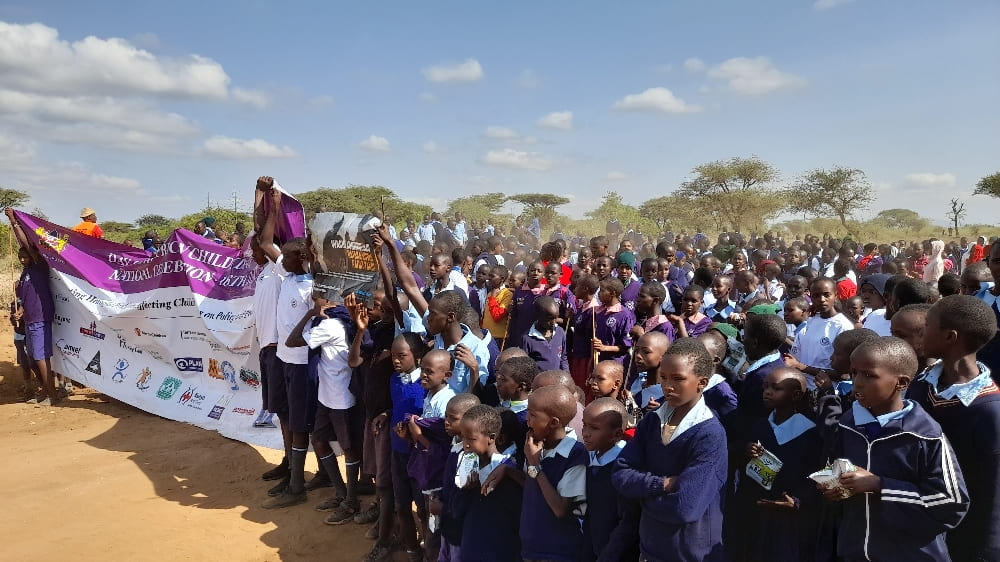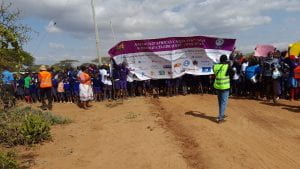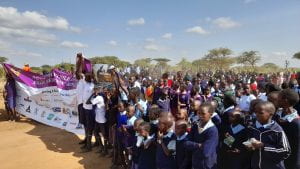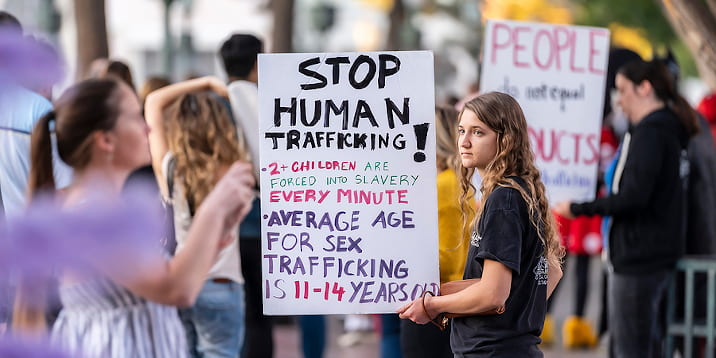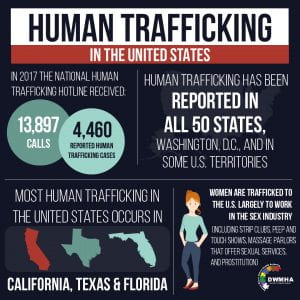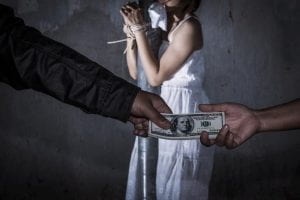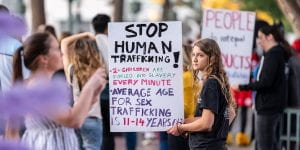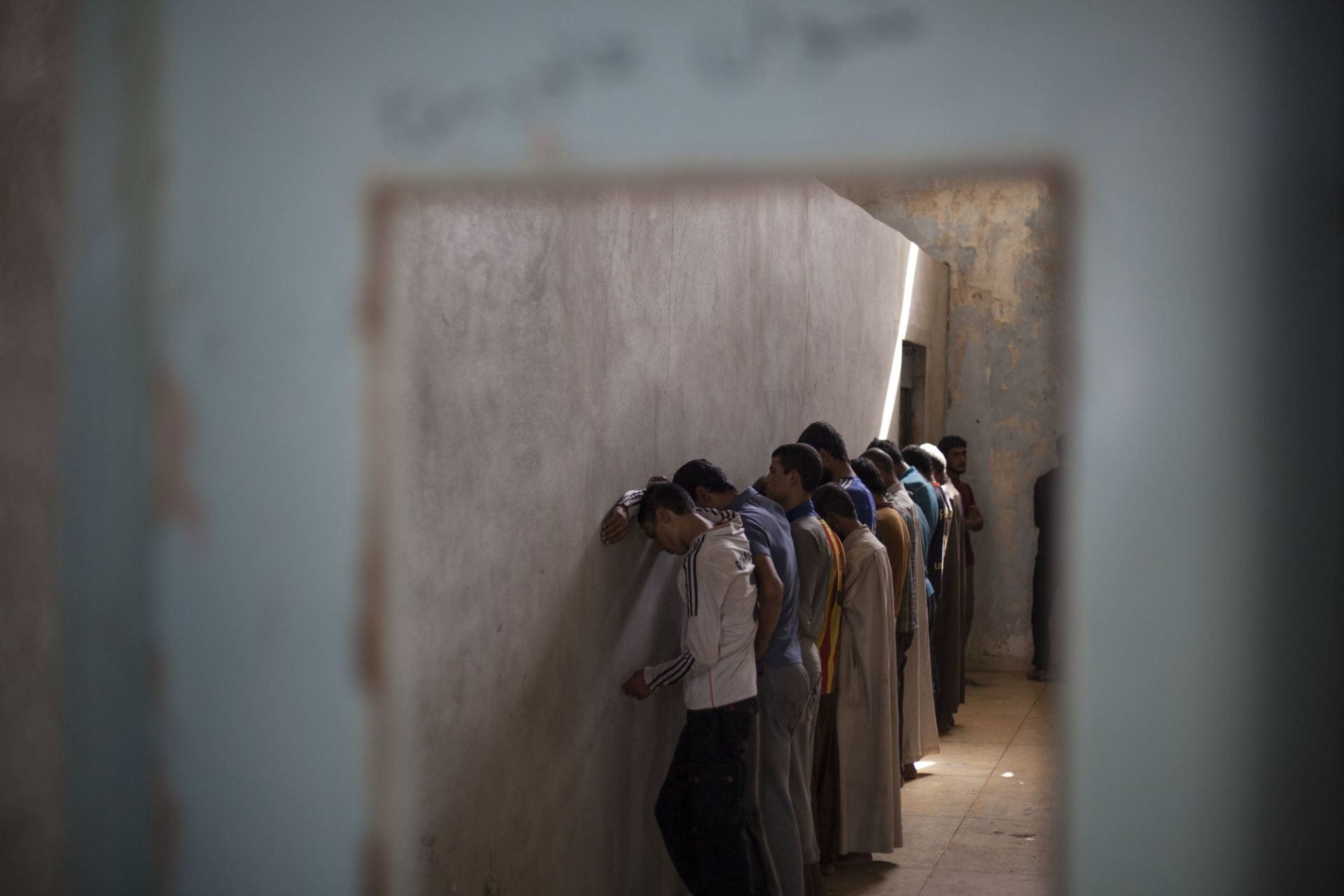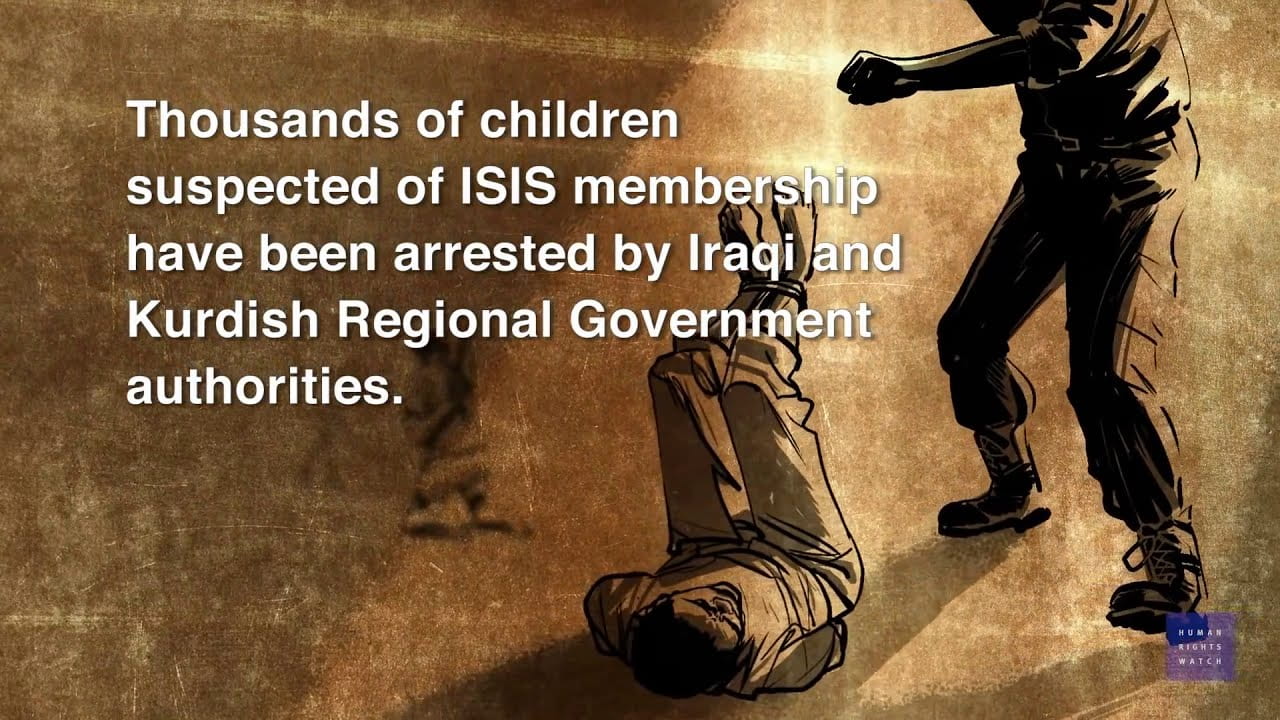Online Dangers to Minors
People can connect with each other across the globe using the internet. That contact can be immediate and difficult to monitor, and it can also result in potentially dangerous data leaks. In the past, there have been issues with information and images that minors post being harmfully misused. For example, photos posted by Brazilian children were gathered into databases and fed to generative AI, which was then used to create harmful images of other children. Even if the information posted and shared by children is not inherently harmful or risky, it can still be misused with potentially harmful consequences.
Brazil, in particular, faces greater online risks due to its citizens’ strong online presence– Brazil ranked second in the world in average screen time for its citizens. When analyzing the digital habits of children in Brazil in 2025, the Brazilian Internet Steering Community found that a reported 92% of minors aged 9-17 were using the internet. Furthermore, 85% of children surveyed reported having an account on popular social media sites, highlighting an increased vulnerability for many of them with these connections to the online world.

Any information put online, as well as user behaviors, can also be tracked and exploited. While this is a common tactic for companies to create profiles of people to target ads and services at them, there were examples highlighted in Brazil of surveillance and tracking through platforms used for online schooling. In 2022 and 2023, Human Rights Watch released its findings that multiple different sites used for online schooling, some of them official government sites, had surveilled their students. Not only were they tracking their behaviors during the use of the site and school hours, but they also gathered information across the web and during all hours of the day.
These are only a few highlighted instances of violations of children’s right to privacy. Some of the surveillance tactics were so intense that they were called “the digital equivalent of logging video surveillance each time a child scratches their nose or grasps their pencil in class.” Tracking information on the internet is not uncommon for many sites and organizations, but, from a human rights standpoint, it is inappropriate to be using intense surveillance tactics like these against children. Once the public became aware of these surveillance tactics used by websites used by children for online schooling, some of these websites were taken down from the internet or had to restructure their data collection practices.
Inside the New Bill
To combat these violations and provide more protection for its underage populations, Brazil has just recently passed a new law. On September 17 of this year, the Digital ECA bill was officially signed by Brazilian President Luiz Inácio Lula da Silva and will come into effect next year. Within this new legislation, there are numerous significant enhancements and additions to children’s privacy and protection.

According to the breakdown of the new policy by the International Association of Privacy Professionals, the Digital ECA bill will:
- Apply for all service providers on the internet where their platform is likely to be accessed by, and is easily accessible for, anyone under 18.
- Federally prohibit surveillance and profiling techniques in attempts to target and market to minors.
- Require service providers to provide protections that prevent children from accessing inappropriate material, with extreme material, such as pornography and alcohol, specifically requiring more than just self-declaration as proof of age.
- Mandate parental supervision tools on platforms that allow for protected privacy settings and proper handling of associated data.
The Digital ECA bill is broad in its scope of protections, as well as the tech services it will impact. It addresses numerous concerns across various industries and practices with these points. There can be difficulties with enforcing new laws such as this, but, as discussed in the next section, Brazil has implemented new authoritative institutions to help tackle this issue.
New Governing Bodies
To enforce the new policies outlined in the Digital ECA bill and provide further guidance and regulations, the creation of a specialized authority was necessary. The Brazilian National Data Protection Agency (ANPD) was established by Brazilian President Luiz as the regulatory body tasked with enforcing compliance with the new bill.
The ANPD issues official advice for companies on how to comply with the Digital ECA bill, makes legal regulations enforceable with fines, can temporarily revoke companies’ ability to continue their activities, and can enact permanent suspension on companies that fail to uphold this new law. By utilizing these powers, the ANPD can ensure that companies are properly penalized for using unlawful tactics against minors online.

While these federal powers are new for the ANPD, they show that real power has been vested in this initiative for online protections. Time will tell how effective these strategies are, especially as the new bill comes into practice next year, but they show that government attention is being brought to these issues.
Conclusion
Brazil has made bold new strides in order to address online dangers for its underage population. By providing clear legal regulations and laws, as well as by establishing a governing body with the authority to enforce these rules, Brazil has significantly expanded its protections for children. Not only does this increase the privacy and safety of Brazil’s population, but it also serves as a strong example to the rest of the world on how to create a human rights-oriented change. Brazil is one example in a growing trend of countries strengthening protections for their citizens’ online content, privacy, and human rights.
















